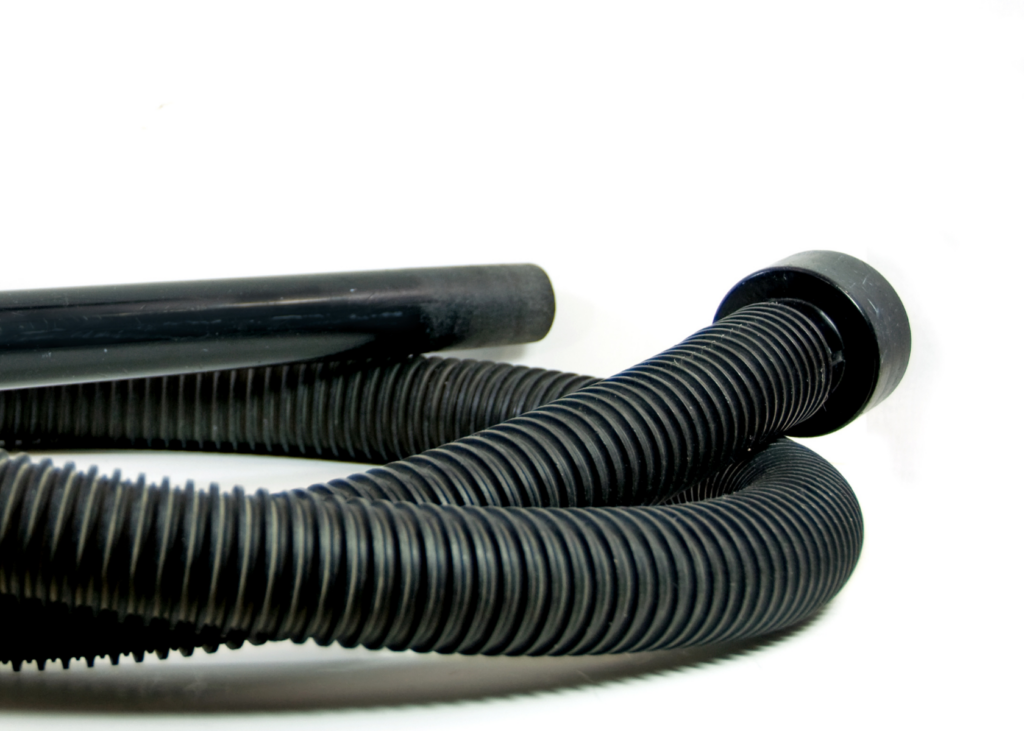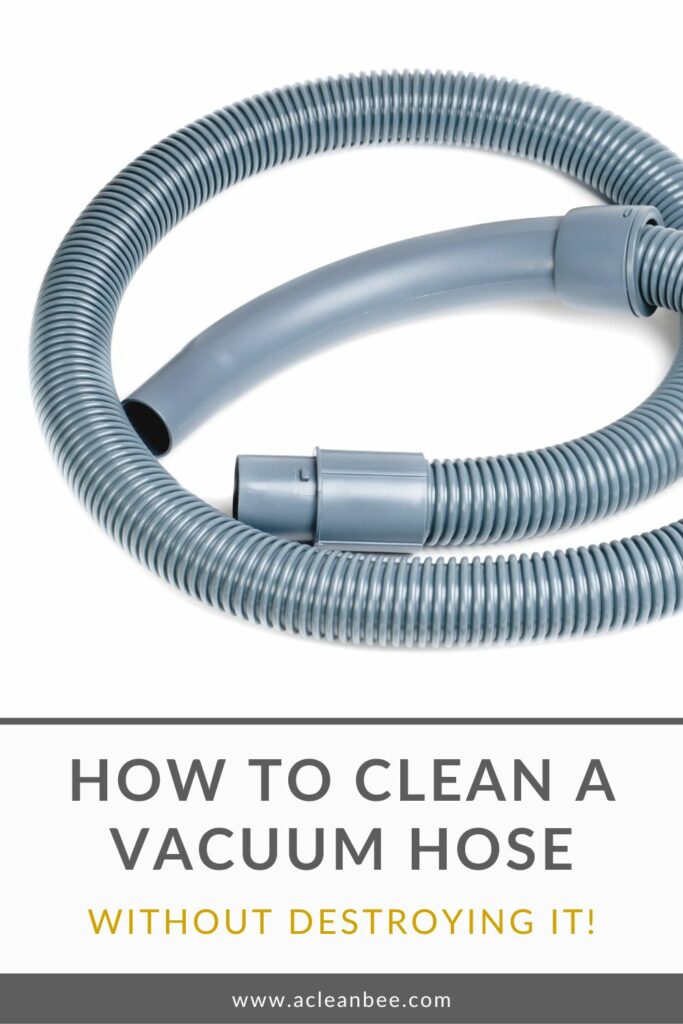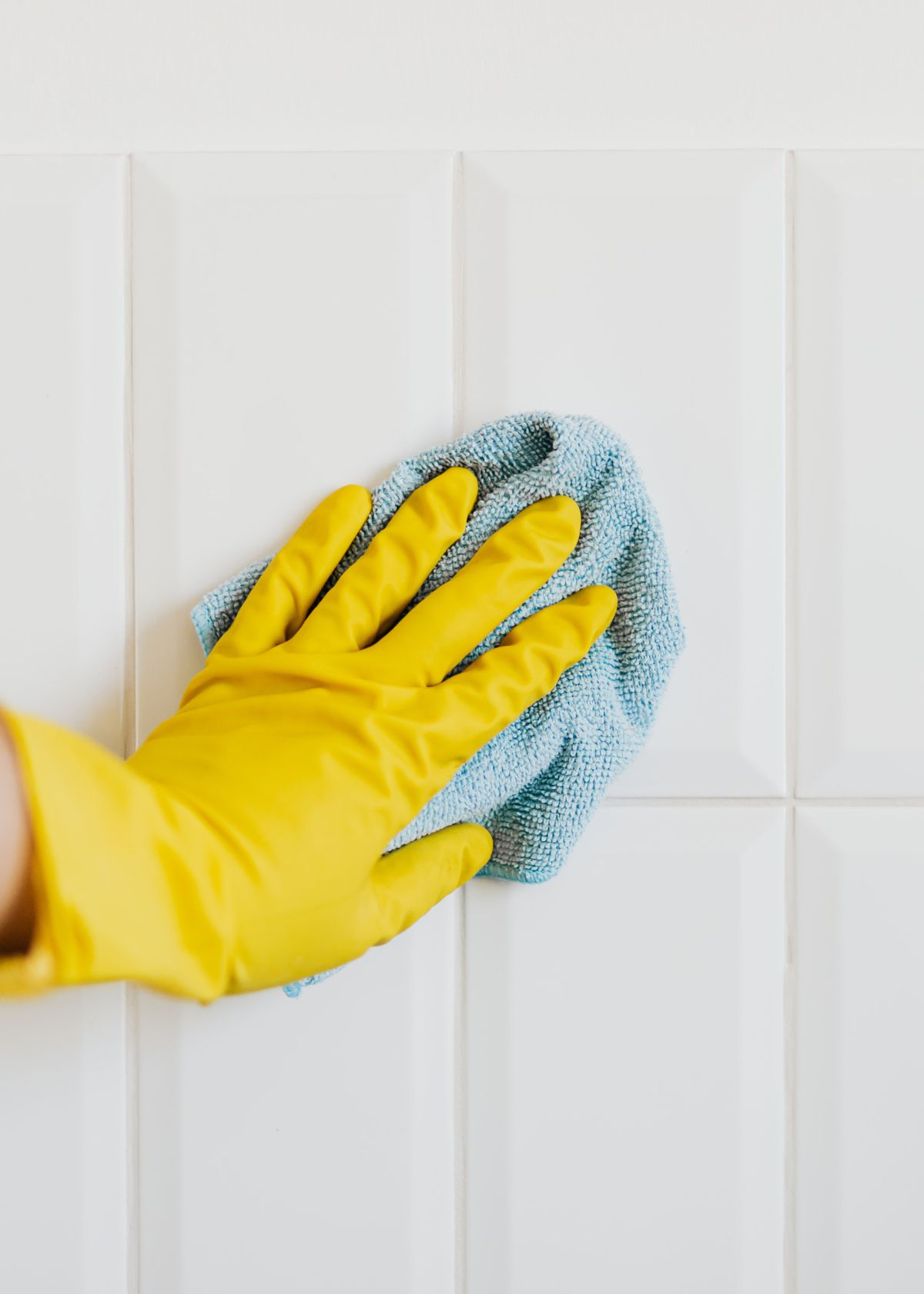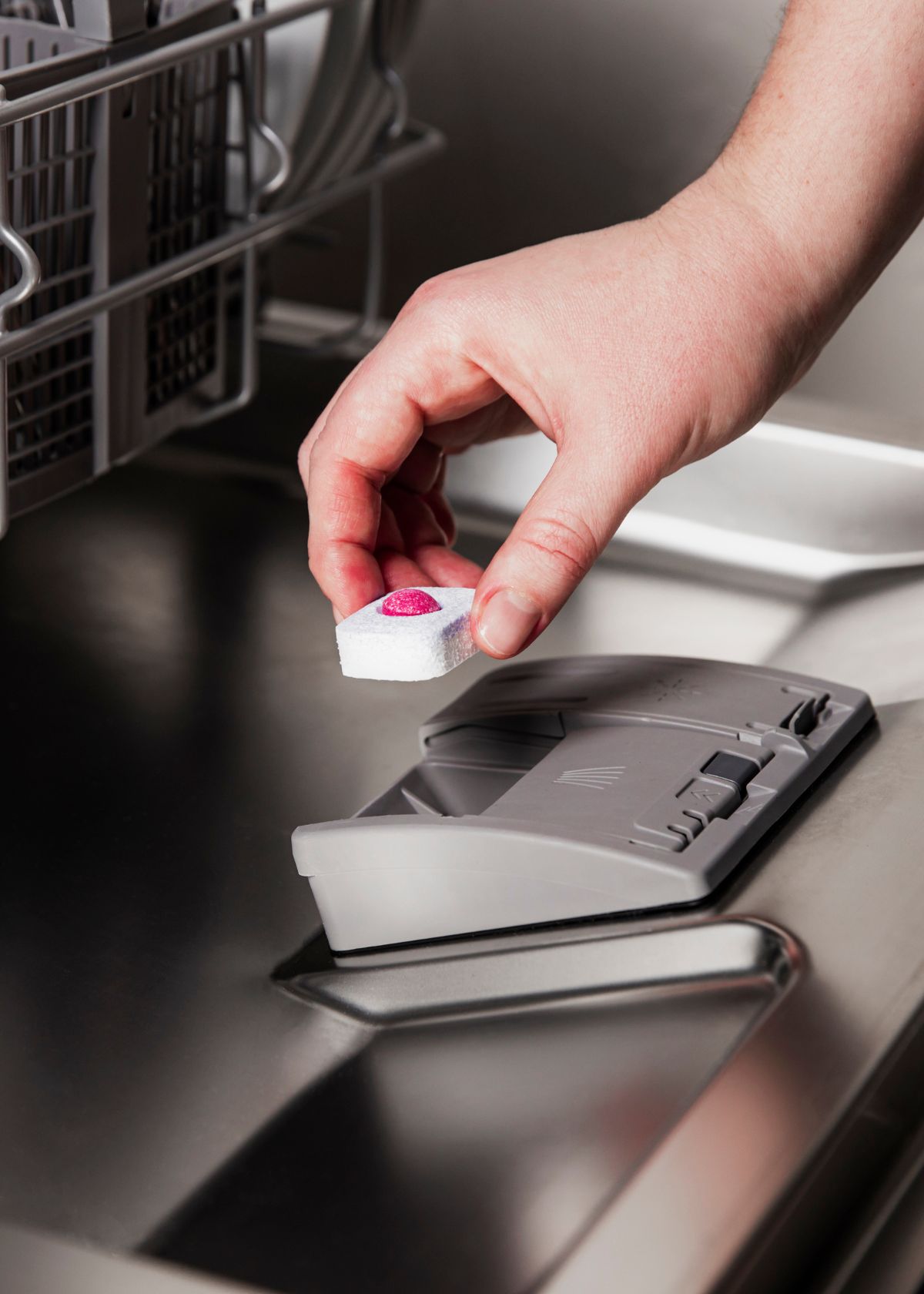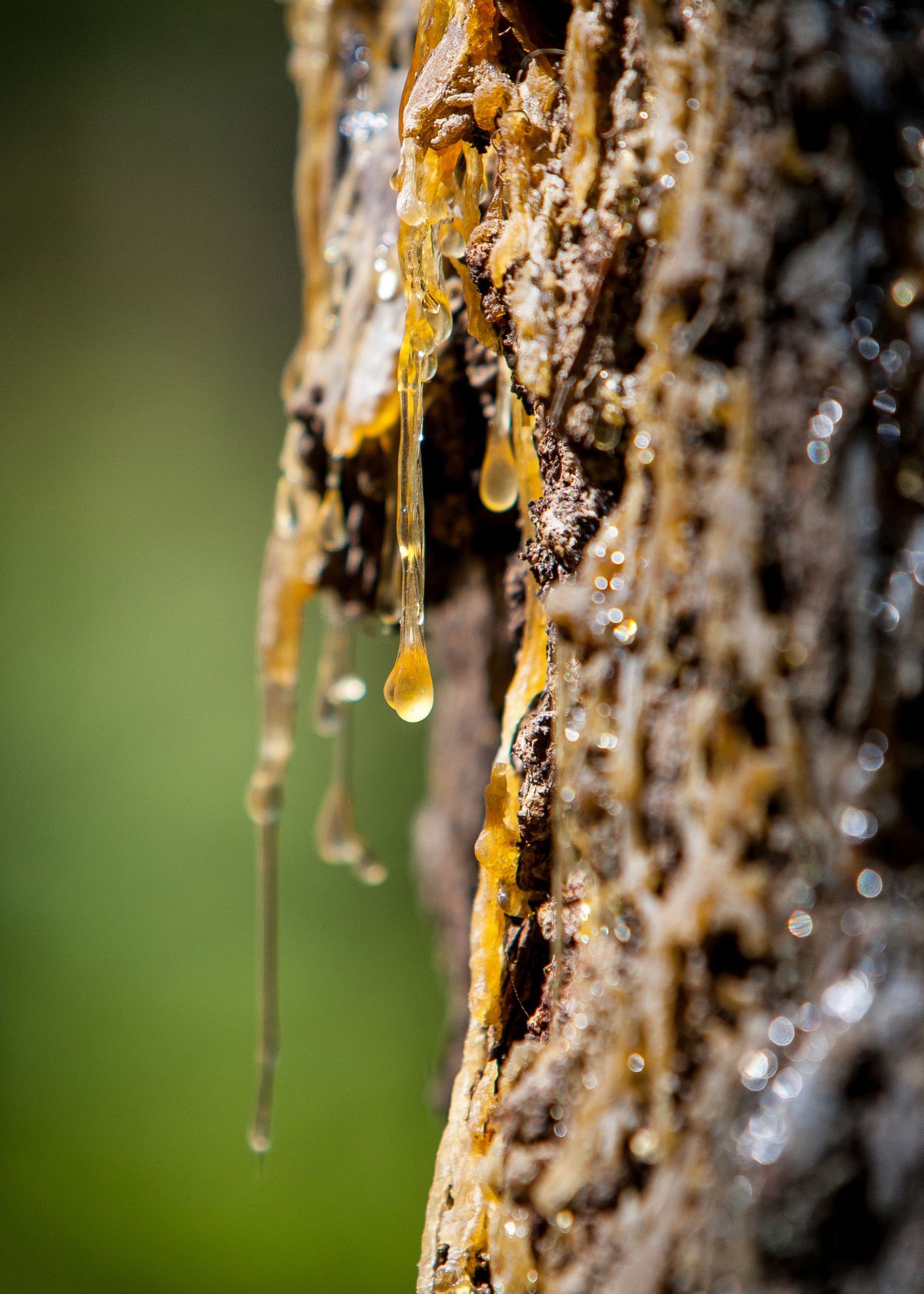How to Clean a Vacuum Hose
When I first moved out on my own, I invested in a nice vacuum to keep my house as clean as possible. I knew that keeping a vacuum clean was an important step in keeping germs, bacteria, and dust out of my home, so a few months later, I gave my vacuum its first deep clean. I promptly destroyed it by cleaning it improperly and had to get a new one.
It was an unfortunate and expensive lesson, but the good news is now I can help you avoid making the same mistake. Here’s how to clean a vacuum hose (without destroying your expensive vacuum!).
Quick Navigation
Is Your Vacuum Clogged?
The first step in cleaning your vacuum hose is to determine if the hose is clogged. If it is, the clog must be removed before cleaning. The clog will be in the way of thorough cleaning, and it’s always best to remove clogs as soon as you discover them to keep your vacuum functioning properly.
Signs of a Clogged Vacuum
In general, your vacuum will let you know if it is clogged. There are several indicators that your vacuum has a clog in its system.
- Loss of suction
- Vacuum is blowing out dust or debris
- Unusual noises
- An indicator light will tell you there’s a clog if you have a newer model Dyson
- Unpleasant smell
The simplest way to determine whether or not your vacuum hose is clogged is to take the vacuum hose off of the vacuum, then peek inside. If you cannot see the light through your vacuum hose, it’s almost guaranteed to be clogged.
How to Unclog a Vacuum Hose
If you’ve determined that your vacuum hose is clogged, removing the clog ASAP is important to get your vacuum back into working condition. Please don’t continue to try to use a clogged vacuum, as it won’t work properly.
When your vacuum hose is clogged, there are a few straightforward steps you can take to solve the problem.
Tools and Materials
- Broomstick handle or another long cylindrical object
Unclogging the Hose
Step One: Detach the Hose
The how-to of this step will vary depending on what kind of vacuum you’re working with. Check the user manual for your specific vacuum model for more detailed instructions.
For all models, make sure your vacuum is unplugged and turned off. For most models, you can pull the end of the hose out of the base of the vacuum and detach it from the body of the machine. Some hoses pull straight out, while others unscrew from the base and body.
Step Two: Push the Broomstick Through
Set the hose on a flat surface like a table or a floor. Grab a broomstick or similarly shaped object and push it carefully through the vacuum hose. This will dislodge debris and force it through the end of the hose.
Make sure you do not use anything sharp for this step because anything with a pokey end, like a coat hanger, could puncture the vacuum hose.
Unclogging the Lower Hose
Some upright vacuums and other models have a lower hose. This lower hose is where the main hose attaches to the body of the vacuum. If you notice a clog in your vacuum’s lower hose, here are the steps to remove it.
Step One: Access the Lower Hose
To access the lower hose, you first need to detach the upper hose using the instructions above or instructions from the user manual for your machine. Then, unscrew the lower hose from the base of the vacuum using a screwdriver. Some models may use clips instead of screws, so detach the hose from the clip.
Step Two: Use Pliers
Any clog in the lower hose should be visible since it is a shorter hose. Use long needle nose pliers to carefully grasp and pull out the clog from your lower vacuum hose. Do this carefully to avoid puncturing the hose with sharp pliers. Once the clog is removed, reattach the lower hose to the base.
How to Clean a Vacuum Hose
After any clogs are removed, it’s a good idea to clean your vacuum hose. Hair, dust, and debris can build up in the hose and cause allergens or unpleasant smells to re-enter your home whenever you use your vacuum. Cleaning your vacuum hose is an essential step, and it’s easy and inexpensive.
- Level: Beginner
- Active Time: 10 minutes
- Total Time: 1 hour 10 minutes
- Estimated Cost: $5
Tools and Materials
- Sink or other basin
- Baking Soda
- White Vinegar
- Warm Water
- Bottle Brush (optional)
Instructions
- Set Up
Find a sink you can use to clean your vacuum hose. A garage sink or a kitchen sink would be best. Put your hose into the sink.
- Use Baking Soda and Vinegar
Pour ½ cup of baking soda into the hose. Shake the hose to coat the inside. Next, slowly pour ½ cup of white vinegar into the hose. Let the baking soda and vinegar mixture sit inside the hose for 2 to 3 minutes to dislodge grime and debris.
- Rinse
Using warm water from the sink, rinse the hose from both ends to remove any remaining vinegar and baking soda. If you can’t maneuver your faucet directly into the hose, fill your sink with warm water and agitate the hose in the sink to ensure all vinegar is cleared.
- Air dry
Before reattaching your hose to your vacuum, it’s essential to let it dry completely. Place the hose on the edge of the sink or in another area where both ends can drain. Any remaining water will damage your vacuum, so do not skip this step (this is where I went wrong with my vacuum).
Why It’s Important to Keep Your Vacuum Hose Clean
As you use your vacuum to clean your house, it sucks up all kinds of dirt, dust, and debris. This is a good thing. But then, the next time you clean, all that stuff (and the bacteria and mold that grows as it sits in your vacuum cleaner) can be reintroduced into your home environment.
These contaminants can be inhaled as you clean and cause asthmatic and allergic reactions. The best way to avoid these issues is by keeping your vacuum clean and always cleaning with windows open or other ventilation available.
Additional Tips for Cleaning a Vacuum Hose
- Always check the warranty before cleaning, as some cleaning solutions and techniques may void your warranty
- Some brands like Dyson say not to use dish soap, bleach, or vinegar on their products
- Always dry every single piece of the vacuum completely before reattaching and using the machine
- Check the user manual for specific instructions regarding your machine
FAQs
A good rule of thumb is to clean your vacuum hose once a month, although it depends on how much you use your vacuum. If you have pets or a significant amount of dust or live in an area prone to mold and mildew, you may want to clean your vacuum hose more often.
If your vacuum gives off an unpleasant odor while you’re vacuuming, it likely means that debris is trapped in the hose. Food particles or other substances can get stuck there and decay or grow mold, causing an unpleasant smell.
There is only a need to regularly replace a vacuum hose if there is a puncture in the tubing that interferes with the vacuum’s function.

